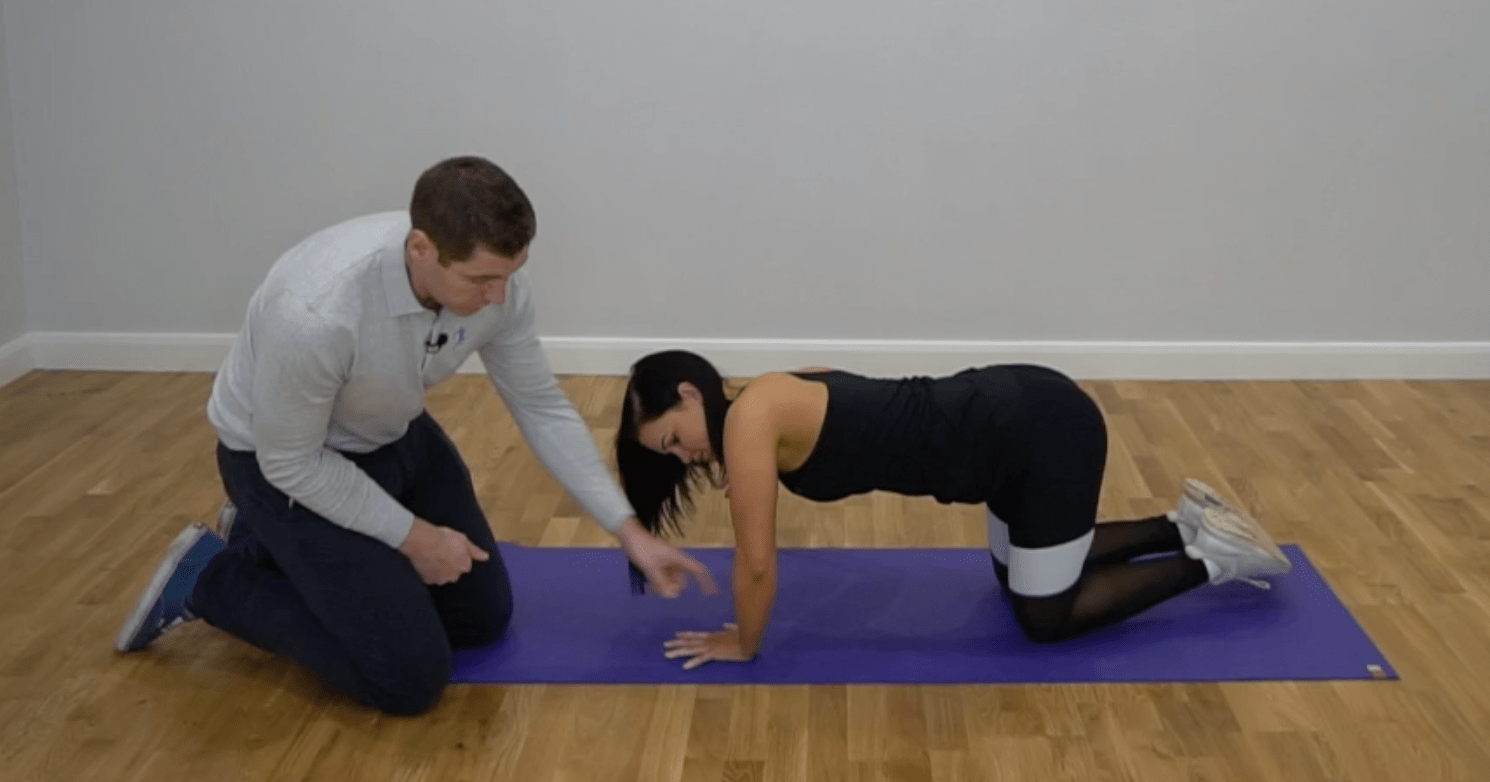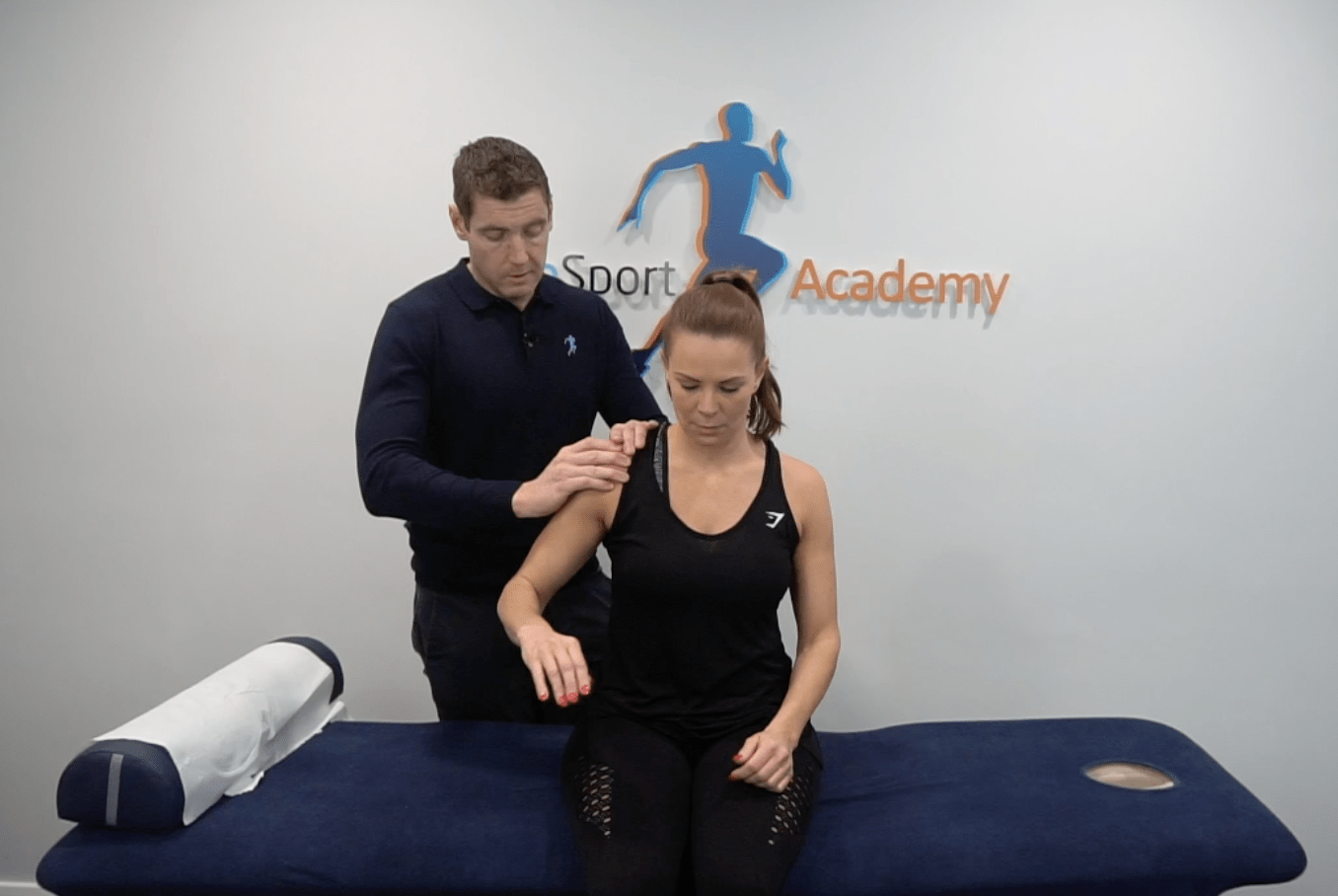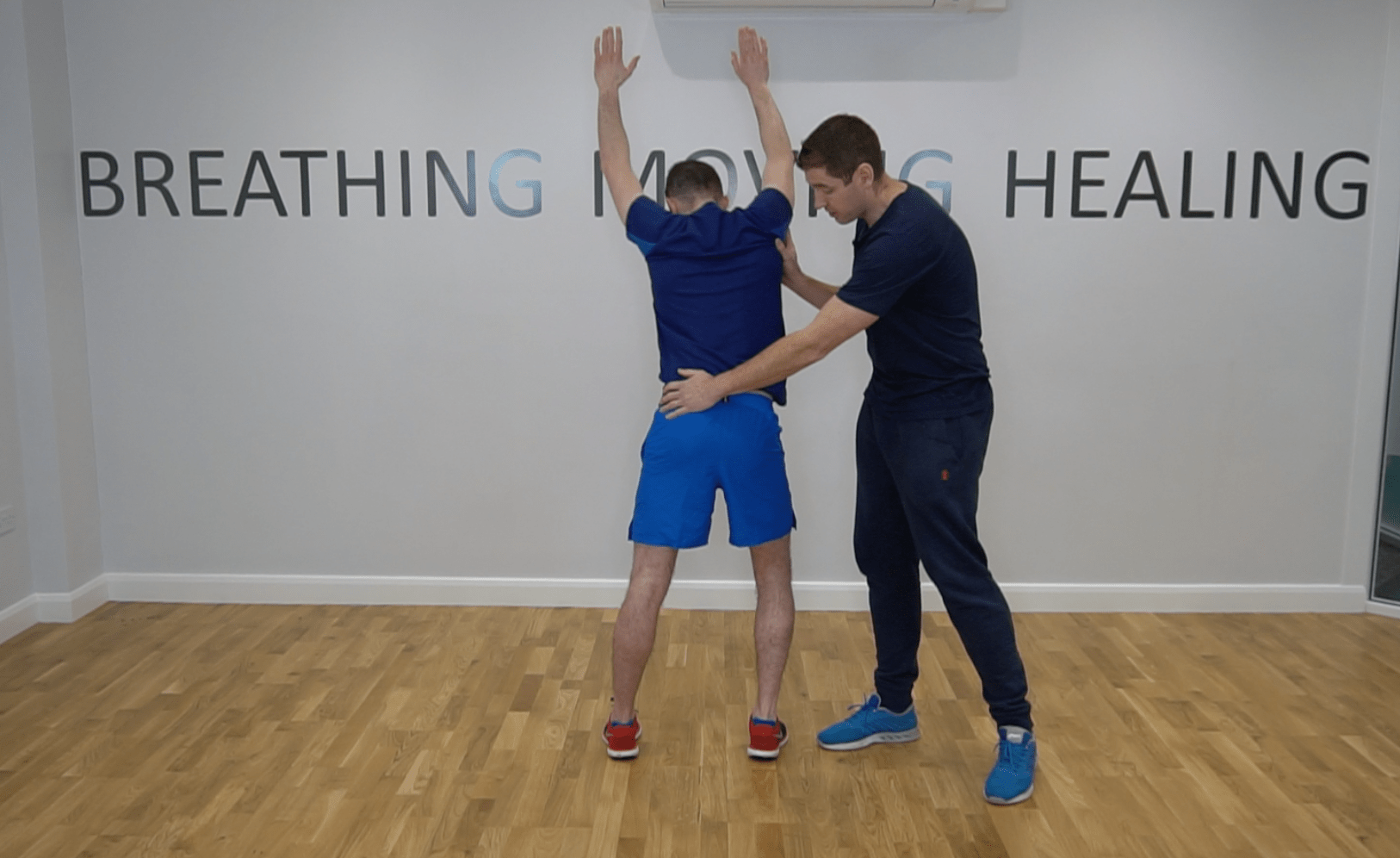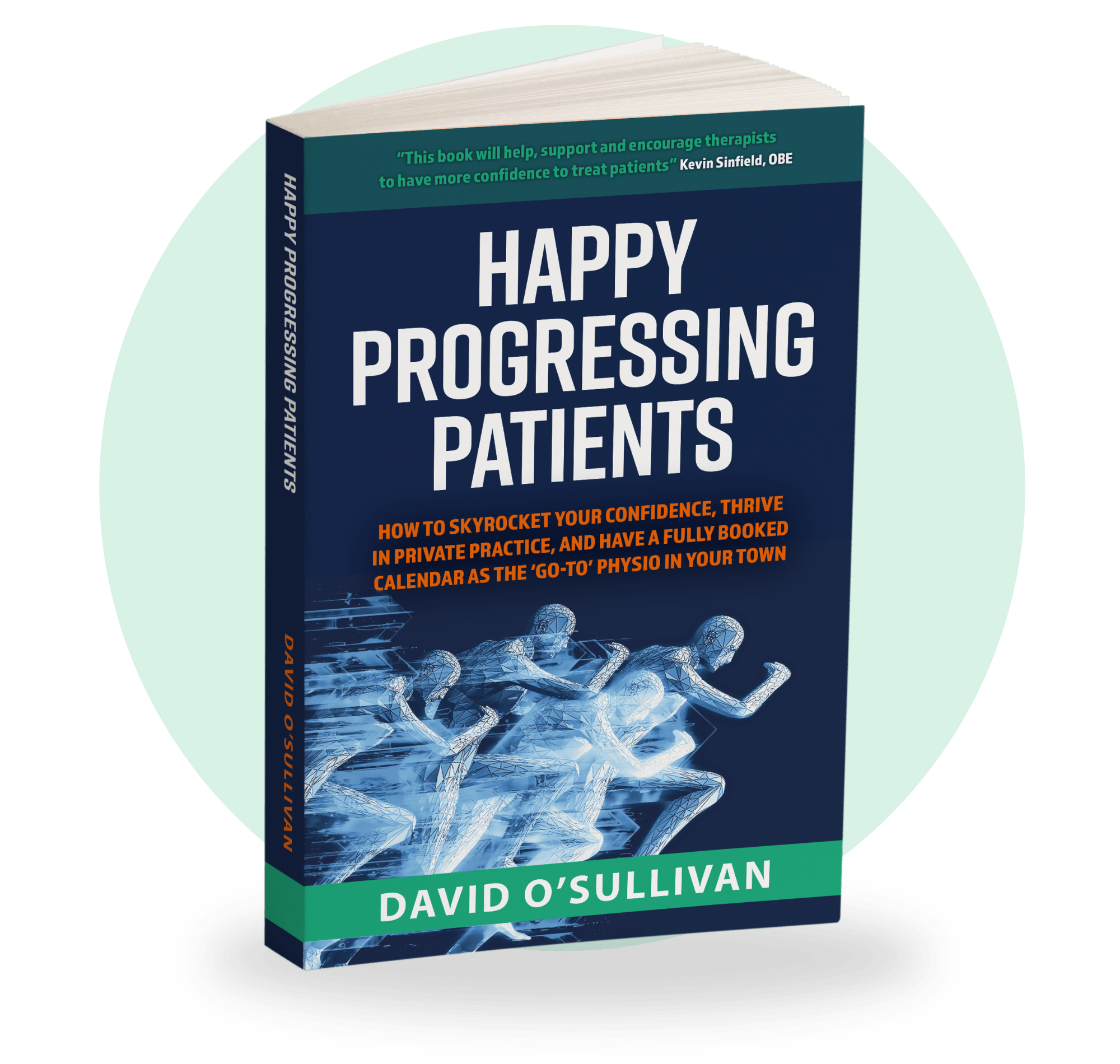
In this article, I will reveal the 5 most common reasons I see therapists that I mentor get stuck with patients initially before implementing the Pro Sport Academy System into their treatment approach. I will also share what to do about this so you can gain the confidence and clarity to make meaningful impacts on every patient you come in contact with.
So with that said, let’s get straight into it…
Using The Same Exercises For Every Patient With The Same Symptoms
This is an easy trap to fall into and we all have been there…An exercise works great with one patient with knee pain for example and then the next five knee pain cases that come through your door have been prescribed this exercise in your mind before you have even truly assessment them.
I get it though, it’s hard not to fall in love with a particular exercise, I’ve been there.
But as time goes by, we tend to fall into ‘lazy’ habits that we may try to pass off as ‘experience’…We don’t truly take the time to understand the person’s story and what stressors may have contributed to this painful experience.
Every person is different and every person reacts and responds differently to injuries and pain, therefore, it is essential to take this into consideration for every patient.
You Are Not ‘higher Level Thinking’ With Your Subjective And Objective Assessment
This is a classic and unfortunately from my experience, this habit is developed as students where we must be so overwhelmed to be dealing with real people that we naturally go into ‘robot mode’ of asking questions and the patient to do certain movements without any true understanding on a higher level of the meaning of the answers or movements.
Although it will take a while to develop this higher level ‘critical thinking’, I am now very pedantic about asking questions and answering questions in our ProSport Academy Mentorship forum.
There are far too many forums that give a generic answer or an ‘I had a patient like this and this worked really well for them’…
Again, please see reason 1 as to why this thought process will be of limited value.
Bringing A Hands-on Treatment Solution To An Actual Graded Exposure Problem
This is a problem I am seeing more and more often. Indeed this also relates to reason number 2 and higher level thinking…
Many therapists are getting great changes in the range of motion and pain while the person is on the bed or in the clinic.
The problem is when the patient returns for the following session, the pain has returned again. Even worse, that hands-on treatment that we did last time does not seem to be working so well this time around.
And this, in my opinion, is because you do not have a hands-on treatment problem but rather a graded exposure problem.
I can tell you and I tell my mentorship students all the time, ANYONE can get someone pain free short term, it’s the ability to help that person’s nervous system see value in keeping these changes under higher loads or times of increased stress that is the fine art of our profession.
More and more therapists are spending more and more money on treatment courses yets are lacking the fundamentals of understanding the person’s story and higher level thinking in understanding when and where to use these modalities in the first place.
For example, after going on a dry needling course, it is so easy to get excited with your new skill set and every back pain patient you see gets a needle in the gluteus medius and QL…
I get it, I was there too, believe me.
Or are you going to step back and ask yourself why is the gluteus medius tissues behaving in a suboptimal manner in the first place?
In addition to this, have you got the skills to now actually expose the tissues to a progressive loading program that is relevant and specific to that person’s environment?
From my experience, when a patient’s pain returns after a rapid change in symptoms originally, it is because you have not exposed these tissues to higher loads at various speeds and ranges that are relevant for that person to be successful in their day to day life. Not because you have ‘missed something’ or a ‘particular tissue’.
You Second Guess Yourself And This Shows In Your Physiology
After working in numerous pro sporting environments over the years and with some intense and unique personalities, I cannot emphasize enough the importance of your athlete or patient having confidence and belief in you as a therapist.
The problem is a lot of therapists are second-guessing themselves due to a lack of clarity and confidence within their own systems…
…and this is actually showing in their physiology to the patients. I see this all the time, especially when consulting with teams.
All those studies showing that words are not the most important characteristic of communication are spot on. Body language (55%) and tone of voice (38%) are essential for effective communication and helping instill belief and confidence in the patient in their own abilities.
First, however, they need to have belief and confidence IN YOU. So just keep that in mind with how you are communicating with patients the next time and maybe second-guessing yourself.
Is this been shown through your body language and tone of voice? To stop second-guessing yourself, Solve the next reason and you will not have this problem.
You Don’t Have A Structured System That Links The Subjective To The Objective To Treatment To Return To Play
I will save the most important for last and this is the one that will essentially solve problems 1-4 above…
Most therapists lack a structured system that allows the therapist to make sense of the subjective and objective assessment specific to that person that enables them to confidently prescribe a hands-on treatment approach that is essentially the starting point of the graded exposure rehabilitation program.
In addition, there is a simple common sense progressive or regressive step by step pathway that is relevant to that patient’s environment so they can return to their environment with ‘thoughtless, fearless. Movement’.
This starts first and foremost in the subjective assessment.
Your structured step by step system that puts the individual at the center IS THE THING that allows the confidence and clarity to deal with any case that comes through your door and develop the reputation as the ‘go-to’ therapist.
Action Plan
As with everything I teach, I want it all to be real world content that you can apply the very next day…
So let’s outline some simple action plans that you can implement today in the clinic:
- Step back and ask yourself if the treatment and rehab plan is specific to the patient’s needs in front of you
- After the subjective assessment, have you got an understanding and certainly a working hypothesis as to why this pain experience came about?
- Is your treatment the starting point of the loading program and synched with the rehab program you are about to deliver?
- Ensure everything flows from the objective to the treatment to the rehab
- At all times, have the end goal in mind with the patient and your choice of treatment and rehabilitation exercises
Get Your FREE Copy Of The Amazon #1 Bestseller That Holds The Secret To Confidently Treating Any Patient!
Download a Free ‘ebook’ copy of the 8-Step ‘World Cup’ Treatment Plan that helped my private patients achieve full recovery and made me a ‘go-to’ physio for complex cases…



